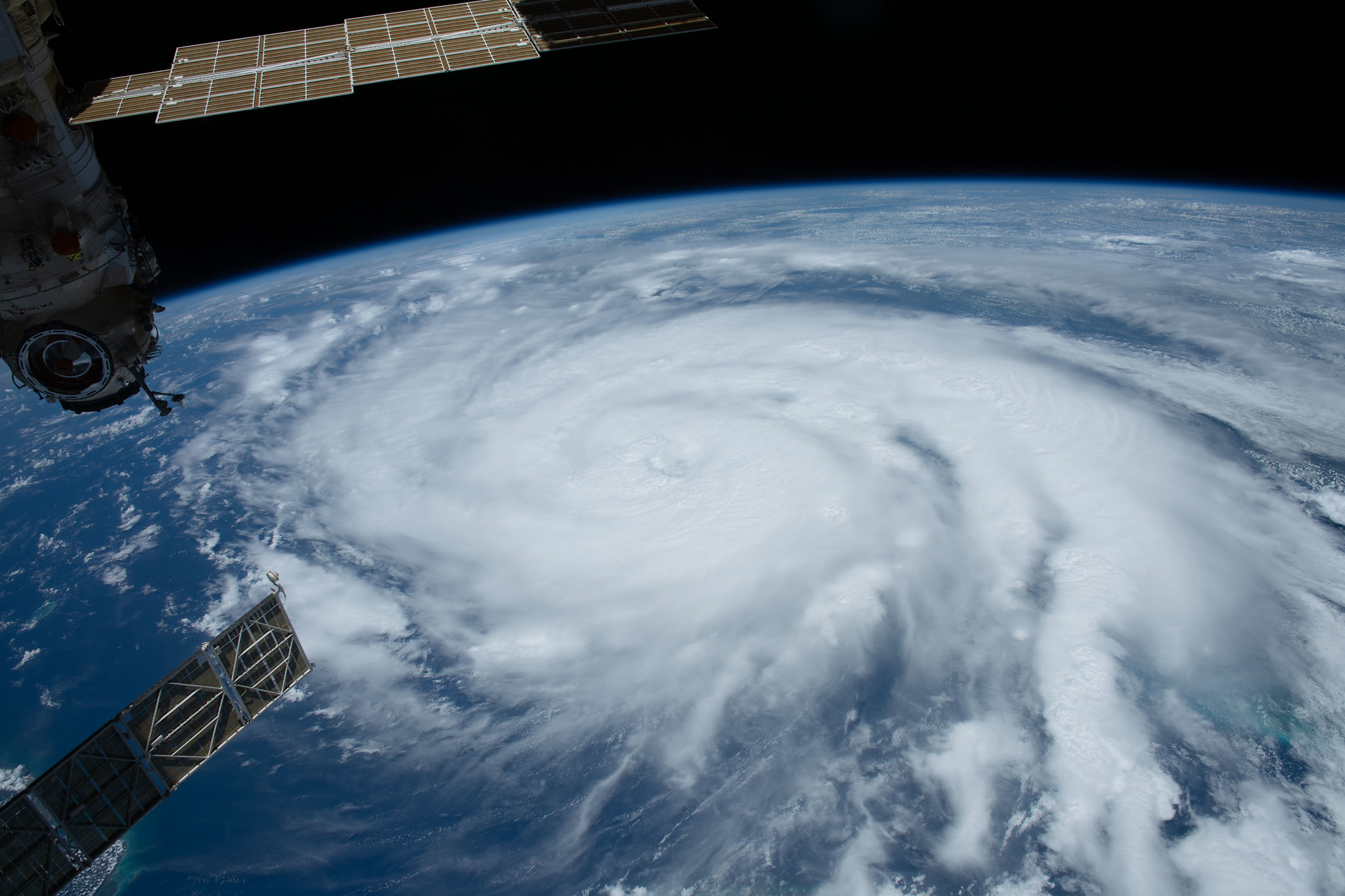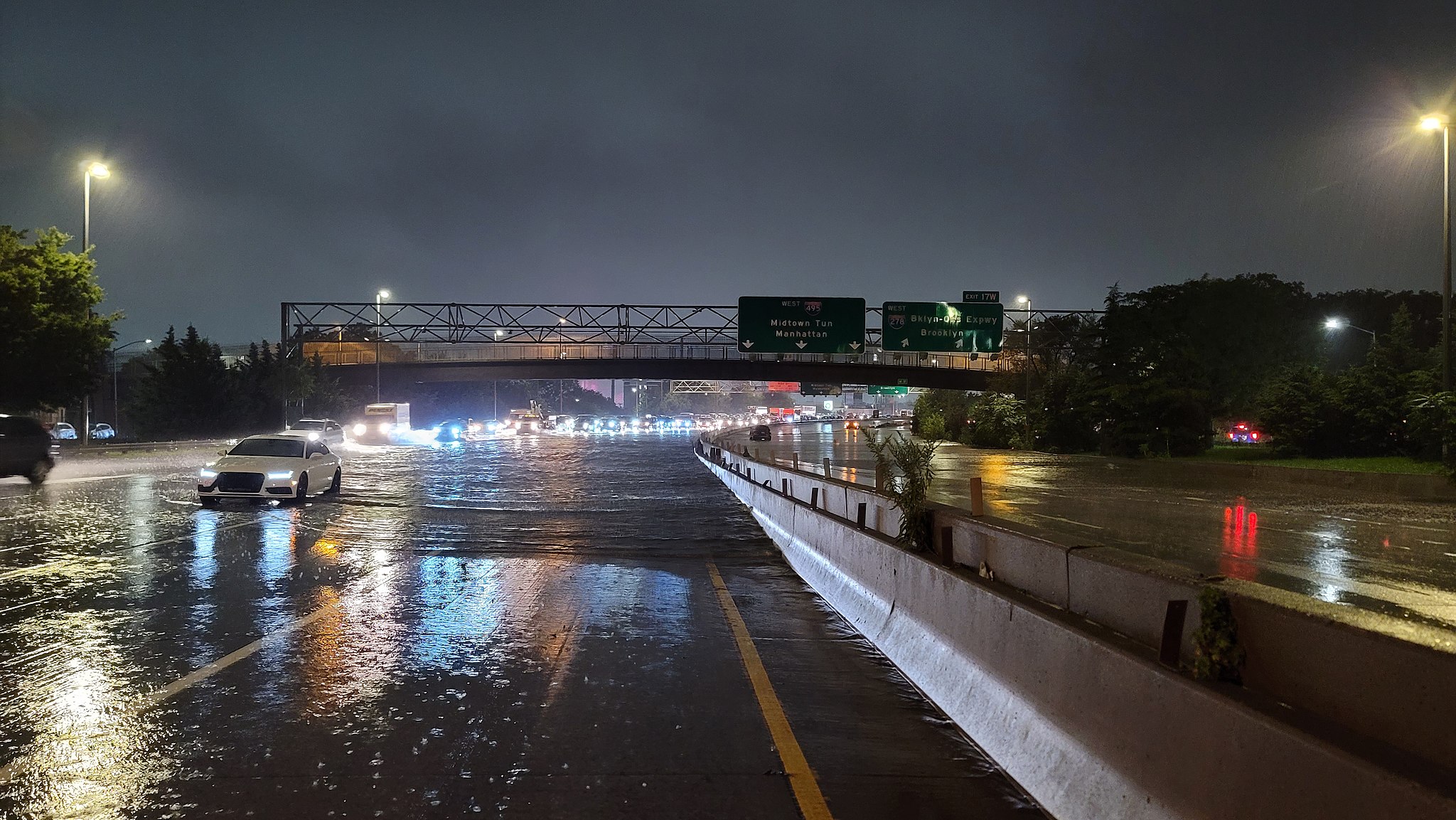
Hurricane Ida hit the United States earlier this month to tragic effect – damage, displacement, and even death.
Civil Engineering Source spoke recently with two ASCE leaders in drastically different parts of the country – Jim Heeren, P.E., M.ASCE, is a senior associate and environmental engineer for Dewberry and president of ASCE’s North Jersey Branch; Ronnie Schumann, P.E., M.ASCE, is vice president of quality engineering and technical services for Integrated Logistical Support Inc. in New Orleans and a governor-at-large for ASCE Region 5 – about how their communities are holding up in the aftermath of Ida and how extreme weather events like this are changing civil engineering.
Civil Engineering Source: How are you doing? How has the storm affected your life?
Ronnie Schumann: So, this is about 11 days after the storm, and I’m currently still evacuated. I left about 3 on Sunday morning before the storm hit. The storm hit Sunday afternoon in my area, and I live a little bit west of New Orleans toward LaPlace, Louisiana. The storm’s northeast eyewall crossed over the house, so we got out of harm’s way just in time.
I went to Shreveport, Louisiana, and stayed there for a couple of days because that’s as close as I could get a hotel, and then I moved after that toward Jackson, Mississippi. The location where I live still does not have power. The parish is still operating mostly on generator power, so the parish is still under a boil-water advisory.
The sewer lift stations are operating on generator power so they’ve asked residents to stay away if they can. Also, those who are remaining are limiting their use of water and that kind of thing. There are a lot of downed power lines, broken power poles that need to be replaced before they can put the electrical distribution system back into service.
Source: It sounds like, correct me if I’m wrong, for the most part the levees and the flood infrastructure held up pretty well. This time it’s really more of an issue of energy?
Schumann: That is correct. In the areas where the federal program put in the levees after Hurricane Katrina, those levees and flood walls preformed as expected. There was no significant damage to any of them. The only overtopping of levees occurred on levees that were not part of that system – in some of the lower areas like St. Bernard Parish, Lafourche Parish – where they have some local levee districts that have put in levees that may not have been designed to the same standards as the ones that were designed during implementation of the hurricane storm damage and risk reduction system that was put in place around New Orleans after Hurricane Katrina.
The federal system that was put in place after Hurricane Katrina does cover portions of St. Bernard, Orleans, Jefferson, and St. Charles parishes. Fortunately, my home is within that area, and I participated in the design of the levee that protects my house, so I had a vested interest in making sure that particular system was designed properly.
Source: What do you anticipate, civil engineering-wise, will be the key takeaways from this as the community moves on and rebuilds?
Schumann: I think the key takeaways are to try to somehow support the electrical companies to create a more sustainable infrastructure with regard to the distribution systems. I think there needs to be some look at hardening those types of facilities, particularly the power poles and determining whether there needs to be some type of work done to develop something different – maybe using metal or some other types of poles as opposed to the wooden poles and bringing some of that infrastructure underground.
We’ve got to try to figure a way to work over the long term to get the electrical grid better designed and better equipped to handle storms of this type. That would be a big help.
-

Flooding in New York City due to Hurricane Ida.
Source: Tell us what you’re seeing in North Jersey with Hurricane Ida and how the community is coping.
Jim Heeren: What I think has happened is that we have saturated conditions from Henri, which hit a week earlier. Then Ida hit and had unprecedented amounts of rainfall intensity in a given hour, which caused some major flooding like the area hadn’t seen in quite some time – not since Sandy and Irene and even back to the time of Floyd.
I think the surges in certain areas came on so quick that there was no warning for people to even realize that water can be that powerful. It just devastated certain areas. Basements flooded, people couldn’t get out, cars washed away. It was intense – the amount of water and the amount of flooding that went well outside of floodplain areas.
It’s just a further indication of some of the extreme weather events that we have been having and experiencing over the past years. I think it’s the result of over-development in ways and the need for maintenance and upgrades to the infrastructure, the need for new drainage infrastructure, ways to help alleviate these issues in the future.
It’s been tough, you know. Areas that were outside of floodplains were flooded just because the water came so fast and storm sewers just couldn’t handle the water. The water had nowhere to go. Because of a flooding river or stream, it couldn’t get into the storm system fast enough and just backed up into neighborhoods, causing damage where people just never would have expected it.
Source: You mention the various storms over the last decade or so, and it certainly seems to be happening with more frequency in your part of the country. Is this changing the way you’re designing, the way you’re doing your work?
Heeren: It is in New Jersey. We have been looking at resilience as a major factor in design. Public agencies look for sustainability plans, incorporating resilience into projects, so that areas are protected against extreme weather and flooding events. In New Jersey, we have a climate change resiliency program (NJ PACT: Protecting Against Climate Threats) that is going to be quite sweeping and put traditional requirements on design projects, which have really become very necessary.
It does make it difficult, because it’s hard to define some of these things and also you’re looking at flooding on a regional basis. So how to interject that into specific projects, you really have to look at the region.
Source: A systems approach.
Heeren: It needs to be a systems approach, exactly. Again, these storms always are very localized. Certain areas came off scot-free and other areas were inundated. It’s a matter of the weather, it’s a matter of the geography. But we’re getting tornadoes in the northeast, which we have never seen before. Different extreme weather events are wreaking havoc across the nation.



